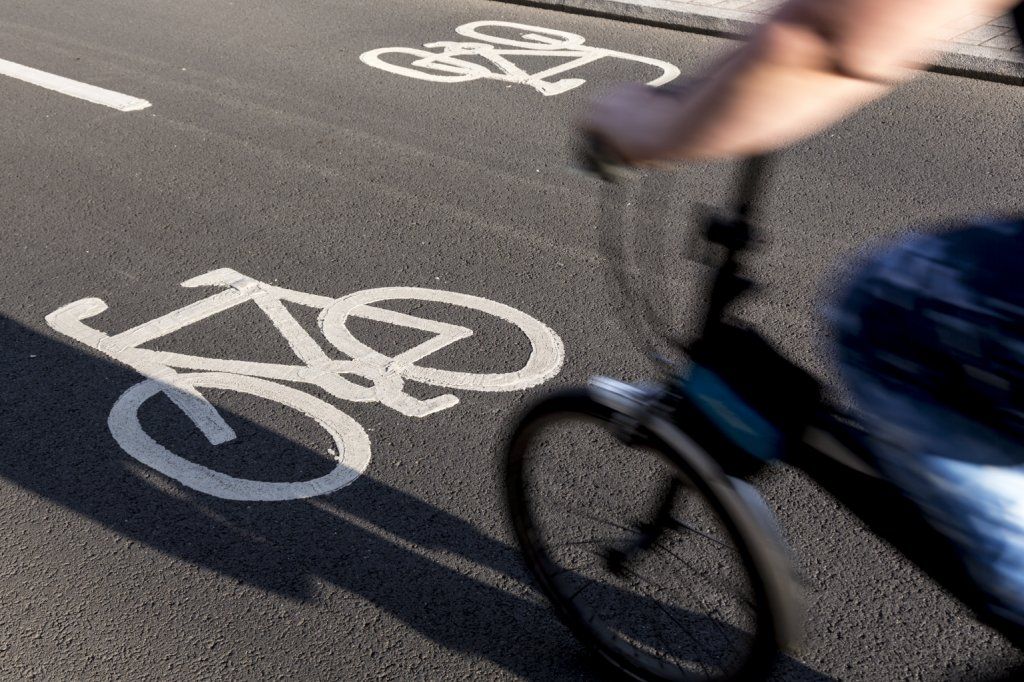Are Dockless Bikes a New Multifamily Amenity?

As the name implies, a dockless bike share is a bike sharing program that doesn’t require a stationary docking station. With a dockless system, these bikes can be parked within a defined perimeter at a bike rack, or even along the street on the sidewalk. Using a smartphone app, these bikes can be located and then unlocked with the touch of a hand (literally). Recently, dockless scooters have also come onto the scene.
Dockless bike and scooter shares are a perfect and affordable option for short, spur of the moment trips. Many of these types of rideshare models offer single, one-way trips for as little as $1 – so while it may not be practical for multiple trips in a single day, it’s ideal for a quick trip to meet up with friends or to beat traffic heading to a meeting.
But is dockless transportation really a multifamily community amenity? Many commercial real estate investors seem to think so. Take, for instance, Fifth Wall Ventures – this VC investor known for its real estate plays sees these types of companies as an “innovation amenity,” and has given multiple rounds of investment funds to dockless bike provider Lime.
The idea certainly makes sense, as the value of bike sharing to multifamily communities is hard to miss. Residents who bike share enjoy the increased options for mobility – a luxury that was recently shown to be directly correlated to higher rental rates for apartments, according to TransitScreen.
So what’s ultimately behind this trend? Research shows that people just aren’t putting the same importance on owning a car anymore as they used to. Consider a recent study from the Sightline Institute – when studying 23 recently built multifamily housing developments in the greater Seattle area, they found that for every six occupied apartments, there were only five cars in the parking lot.
While you won’t necessarily see these types of numbers everywhere, people in cities – especially in metro areas with extensive public transit – simply don’t want the burden of owning a car. Not only are cars expensive, but they also require regular maintenance and dealing with traffic and city parking can be a logistical nightmare. As a result, alternate forms of commuting are on the rise and bicycle commuting is no different, up more than 60 percent since the year 2000.
Aside from the financial benefits, bike and scooter sharing programs offer a host of other benefits, as well. They help to promote an overall sense of community, giving residents a physical connection to the place where they live. Using a bike to get everywhere is shown to be more than just a mode of transportation – it’s a lifestyle, and your residents are more likely to stay in a building or community that understands, supports, and promotes their lifestyle. Adding a bike share to your community more than benefits your residents, it can also help to set you apart in an evolving and competitive marketplace.
A Trusted Guide in Commercial Real Estate
Coldwell Banker Commercial® provides Commercial Real Estate Services from Property Sales and Leases, to Property Management. Learn how our expansive network of Independently Owned and Operated Affiliates and Real Estate Professionals use their in-depth knowledge of the local market and industry trends to help businesses and investors navigate the complexities of the commercial real estate landscape.






